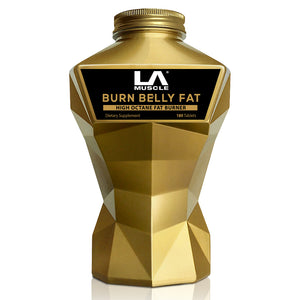When it comes to building bigger, stronger biceps, some exercises are simply inefficient or even counterproductive. While they might look impressive or feel challenging, they often fail to target the biceps effectively or offer poor muscle activation. Here are four common bicep exercises to avoid, why they don’t work, and better alternatives to maximize your gains.
1. Concentration Curls (Done Incorrectly)
Why They Don’t Work:Concentration curls can be effective if performed correctly, but they’re often done with poor form. Many lifters swing their torso or use momentum to lift the weight, turning this isolation exercise into a glorified momentum game. Additionally, this exercise limits the load you can lift, which reduces progressive overload—a key driver of muscle growth.
What to Do Instead:Incline Dumbbell Curls
By lying back on an incline bench, your arms are positioned behind your torso, providing a greater stretch in the biceps. This stretch creates more tension, leading to better muscle activation and hypertrophy.
- 3–4 sets of 10–12 reps
- Use a slow eccentric phase (lowering the weight) to maximize muscle tension.
2. Barbell Curls with Excessive Cheating
Why They Don’t Work:The barbell curl is a classic exercise, but it’s often performed with excessive body sway and momentum. Swinging the barbell engages your lower back and shoulders more than your biceps, reducing the effectiveness of the exercise and increasing the risk of injury.
What to Do Instead:Strict Barbell Curls (or Preacher Curls)
To maximize bicep activation, use a preacher bench to support your arms or stand against a wall to minimize momentum. This forces your biceps to do all the work.
- 4 sets of 8–12 reps
- Keep your elbows tucked and move the weight in a controlled manner.
3. Overhead Cable Bicep Curls
Why They Don’t Work:Overhead cable curls look flashy but provide minimal tension where it matters most. The movement often takes tension off the biceps and places it on the shoulder joint due to the awkward arm positioning.
What to Do Instead:Cable Bicep Curls (from the Low Pulley)
Low cable curls keep constant tension on your biceps throughout the movement. Standing slightly away from the pulley allows a full range of motion and better muscle activation.
- 3 sets of 12–15 reps
- Focus on a slow, controlled tempo and squeezing the biceps at the top.
4. Reverse Curls (for Bicep Growth)
Why They Don’t Work:Reverse curls are often mistaken for a primary bicep exercise, but they primarily target the brachioradialis (a forearm muscle). While they have their place in forearm training, they’re not effective for isolating the biceps.
What to Do Instead:Hammer Curls
Hammer curls are a better alternative as they work the brachialis (a muscle underneath the biceps), adding thickness to your arms while still targeting the biceps.
- 4 sets of 10–12 reps
- Keep your wrists neutral and focus on full range of motion.
General Tips for Effective Bicep Training
-
Prioritize Progressive Overload
Gradually increase the weight, reps, or intensity to challenge your biceps consistently. -
Use Full Range of Motion
Avoid partial reps unless you’re intentionally incorporating them to finish a set. -
Mix Isolation and Compound Movements
While isolation exercises are essential, don’t neglect compound lifts like chin-ups that engage the biceps and other upper body muscles. -
Control the Tempo
Slower eccentric (lowering) phases increase muscle tension and growth potential. -
Rest and Recover
Allow 48 hours between intense bicep sessions to prevent overtraining and encourage recovery.
Sample Bicep Workout
Here’s a sample workout to replace those time-wasting exercises:
- Chin-Ups (Underhand Grip): 4 sets of 6–8 reps
- Incline Dumbbell Curls: 3 sets of 10–12 reps
- Cable Bicep Curls (Low Pulley): 3 sets of 12–15 reps
- Hammer Curls: 4 sets of 8–10 reps
By focusing on effective exercises and proper form, you’ll save time and get better results. Skip the flashy but inefficient moves, and stick to the basics done right!


























